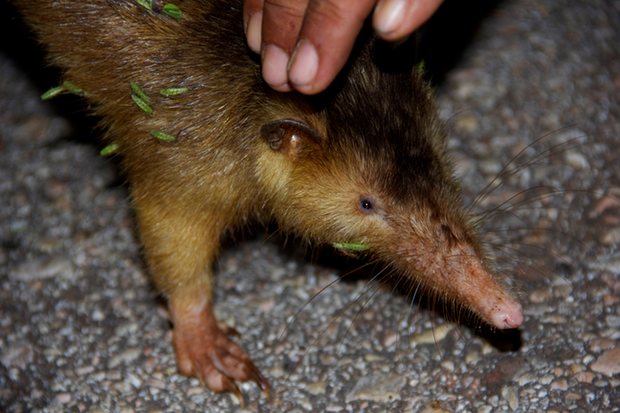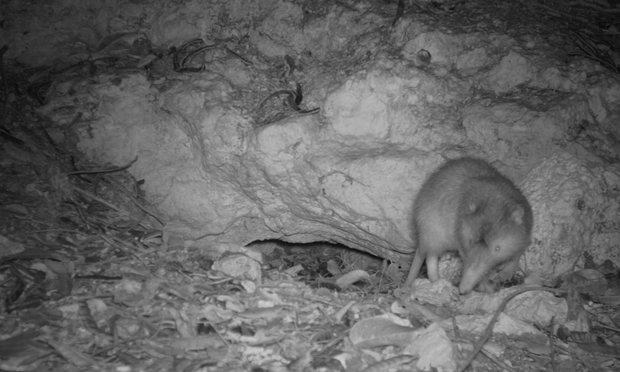December 4, 2024
The Ebiil Society: Champions of Palau
Ann Singeo, founder of our partner organization the Ebiil Society, shares her vision for a thriving Palau and a flourishing world of indigenous science!
We use cookies to help you navigate efficiently and perform certain functions. You will find detailed information about all cookies under each consent category below.
The cookies that are categorized as "Necessary" are stored on your browser as they are essential for enabling the basic functionalities of the site. ...
Necessary cookies are required to enable the basic features of this site, such as providing secure log-in or adjusting your consent preferences. These cookies do not store any personally identifiable data.
Functional cookies help perform certain functionalities like sharing the content of the website on social media platforms, collecting feedback, and other third-party features.
Analytical cookies are used to understand how visitors interact with the website. These cookies help provide information on metrics such as the number of visitors, bounce rate, traffic source, etc.
Performance cookies are used to understand and analyze the key performance indexes of the website which helps in delivering a better user experience for the visitors.
Advertisement cookies are used to provide visitors with customized advertisements based on the pages you visited previously and to analyze the effectiveness of the ad campaigns.
Our new online shop is live!

Island-dwelling Solenodon survived the asteroid that extinguished the dinosaurs–can it survive the Anthropocene?
If you have never heard of the Solenodon until now, you’re not alone. The Solenodon (pronounced so-leen-o-don) lives only on two islands in the world–Cuba and Hispaniola. The nocturnal, insect-eating Solenodon is elusive and eccentric. It’s one of the only mammals in the world that is venomous. It is suspected to have the ability to echolocate. Another strange trait it boasts is having a joint in its snout. The nasal ball and socket setup allows it to deftly take in the olfactory environment. This small critter has long claws that curve outward from furless feet.
Samuel Turvey, an expert on modern day extinctions and a Senior Research Fellow with the Zoological Society of London, said:
[These] evolved as a result of local isolation in the island’s geologically complex landscapes.

The Solenodon is an ancient creature; it survived the meteorite that wiped out the dinosaurs. Turvey noted:
It’s truly remarkable that the Solenodons survived this direct hit, whilst global ecosystems collapsed around them – we have no idea how they did it.
The master escapist then survived subsequent ice ages and other natural disasters that have shaped Earth’s history. And they are still around today–perhaps most impressive of all is that the Solenodon has not yet been driven to extinction by human impacts…yet. Today, the Solenodon is threatened by the presence of invasive predators and by deforestation. Turvey commented:
Protection of the native-forest habitat remains a priority for this species, as it is for other species on Hispaniola.
Both the Hispaniola and Cuban Solenodon species are listed as Endangered by the International Union for the Conservation of Nature. Their keen senses of smell and hearing help them to avoid human contact, though some local people have become skilled in tracking it down.

Perhaps the Solenodon’s elusive nature has helped it to survive up until this point; however, the Anthropocene is characterized by unprecedented changes to the course of evolution and the requirements for persistence of species. The Solenodon’s problem is that it has been too successful in staying off the radar–it has failed to capture the attention of humans. Without recognition from people, this threatened species may not be able to garner the conservation support it needs. Will the Anthropocene be the last epoch the Solenodon ever sees? Or will it survive yet another phase of hardship on Earth?
Featured photo: The Hispaniolan Solenodon is one of the most unusual mammals on the planet. Photograph: Miguel Landestoy
Source: The Guardian
Check out other journal entries we think you might be interested in.
Notifications